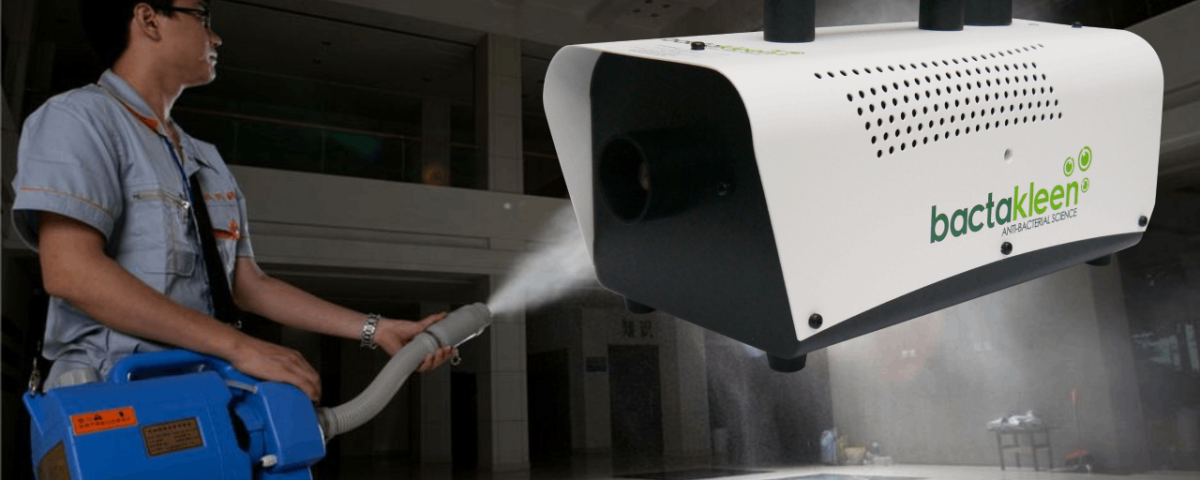- World's No.1 selling Anti Bacterial Treatment System!
- +971 56 3304466
- +971 55 9676070
- info@bactakleen.ae
What Alcohol is Best for Disinfection?

What Makes a Sanitizer Effective?
December 8, 2020
Why is 70% Alcohol Better Than 95%?
December 23, 2020The World Health Organization (WHO) declared the recent CoVID-19 outbreak as a global public health concern. New figures of positive infection cases and death records, in thousands, have been announced worldwide, signifying this viral infection’s severity (Pradhan et al. 2020). Did you know CoVID-19 is communicable with an estimated 3.4percent fatality rate?
With the ongoing pandemic, many questions are being asked concerning disinfectants produced in the best ad that one is safe. Here is a closer exploration of the key aspects of alcohol and how to best use them.
Why disinfection is important
Disinfection is the only process that enables people to eradicate every form of harmful microorganisms before they have a chance to infect the body. Campagna et al. (2016) stated that the lack of awareness has driven many to think that they can only contract viral or bacterial infections from public places, meaning if they stay at home, they are 100% safe. But that is not always the case, germs are everywhere, even on your body. Therefore every individual needs to maintain general hygiene, whether in a public place or at home.
The truth is that even though you’re doing the best you can to fight the spread of coronavirus, it is not the only virus that poses a threat to your health. Of course, there’s a great number of other pathogens that are just waiting for you to lower your guard so they can strike. Besides, you can never know if a family member is carrying the infection. That is why you should always keep your environment germ-free. Even though public places are more infested with pathogens, you’re most likely to catch the infection at home than public places because that is where you don’t protect yourself.
What alcohol is best for disinfection?
In alcohol disinfectant concentration, you will either find Ethyl alcohol or Ethanol, N-propanol and Isopropyl alcohol. The three types of alcohol are commonly used for disinfection and in comparison, all effective in their way. Alcohol is generally classified as a low-level disinfectant, but it works best against many pathogens, including coronavirus. Eryilmaz et al.’s (2016) study found that however, anything less than 60% in a concentration is just a waste of precious resources and time because it won’t work on any microorganism. For alcohol to wreak havoc on these pathogens, it has to be concentrated 60% and above. Another question that is asked a lot is if alcohol-based sanitizers disinfect or sanitize. The two words are believed to be synonymous, and so technically, alcohol-based sanitizers do sanitize and disinfect simultaneously.
Can alcohol based sanitizer be ingested?
Many cases have been reported globally of people ingesting alcohol-based disinfectants; for that reason, it’s invaluable to create awareness regarding the subject. In support of EPA’s guideline, Teska, Li, and Gauthier (2019) found out that drinking a disinfectant has several side effects that can affect your health. The side effects include intoxication and coma. If there is a presence of methyl alcohol in a disinfectant, it can cause permanent blindness or severe body chemistry changes as the body metabolizes it. And the worst-case scenario, the ingestion of the product can result in death. Trying to stay safe is useful, but it’s vital to read safety instructions before handling a chemical product.
Rubbing alcohol is one commonly used household cleaner. The likelihood is you have undoubtedly interacted with this chemical compound sometime in your life. None is undoubtedly more effective, unlike another. With that being said, alcohol’s effectiveness can differ based on how the products are used or the germs to be killed. In this case, you may ask about which alcohol is best for disinfecting, or rather, which alcohol is most effective and safe for disinfecting. It’s a good question because it means you’re striving to keep yourself and families safe.




